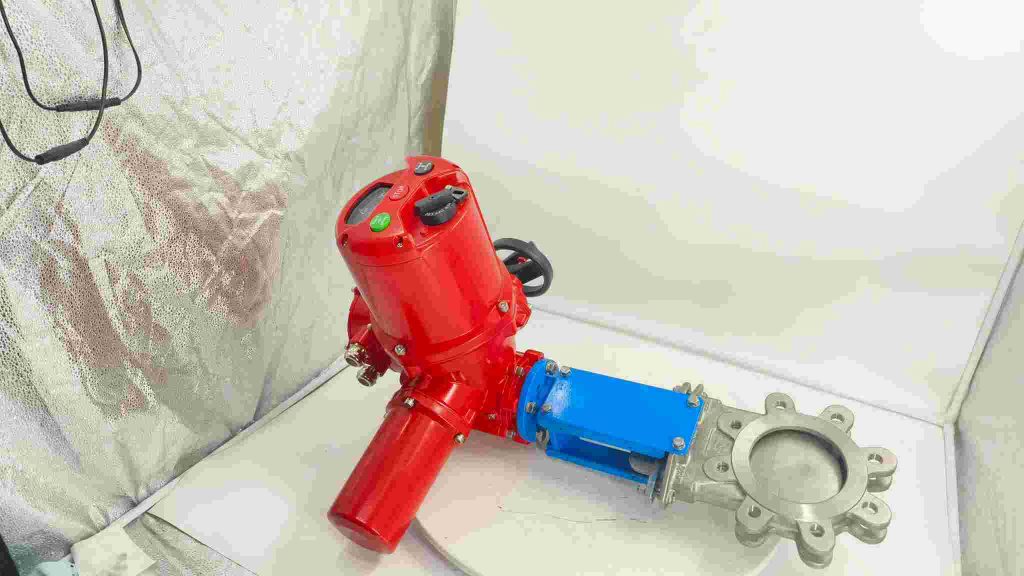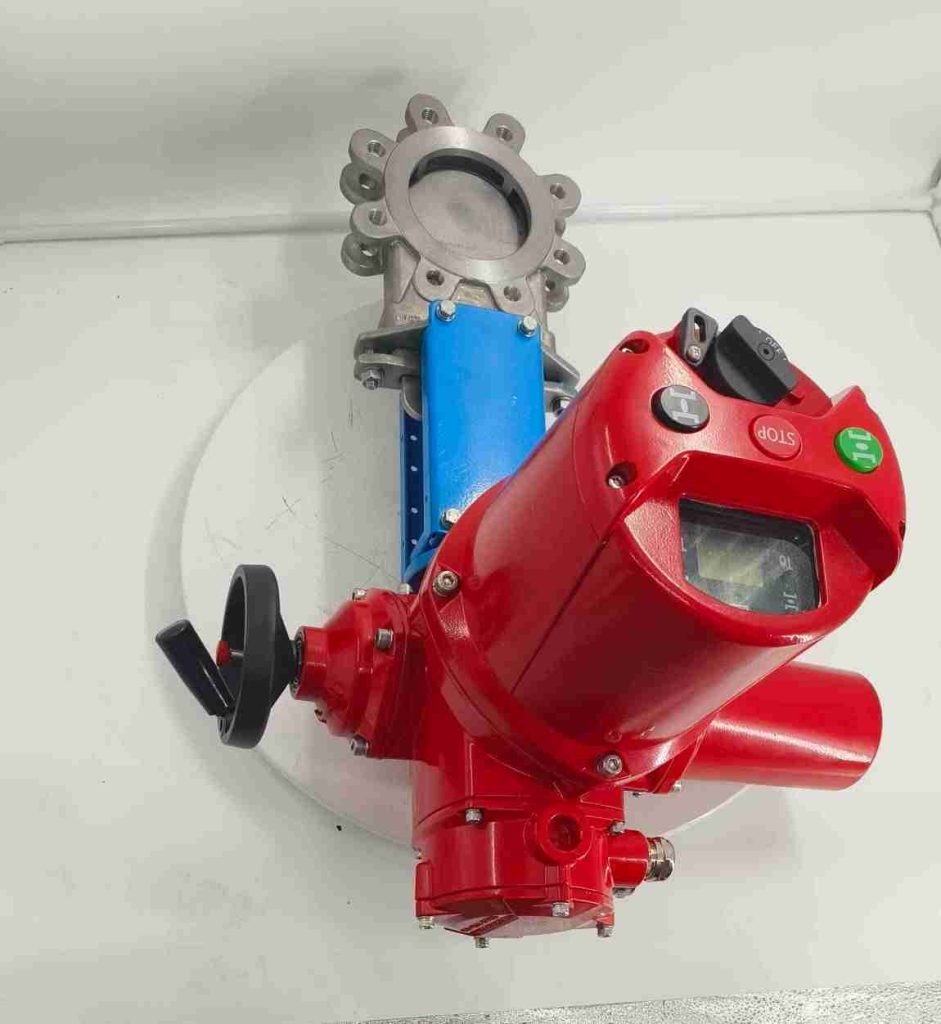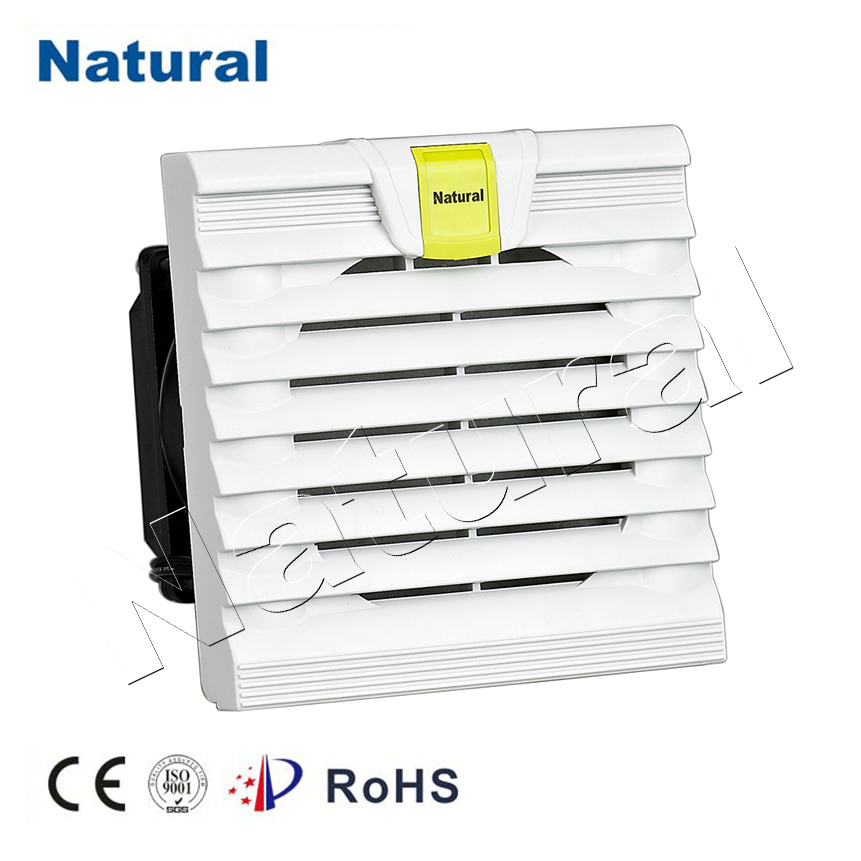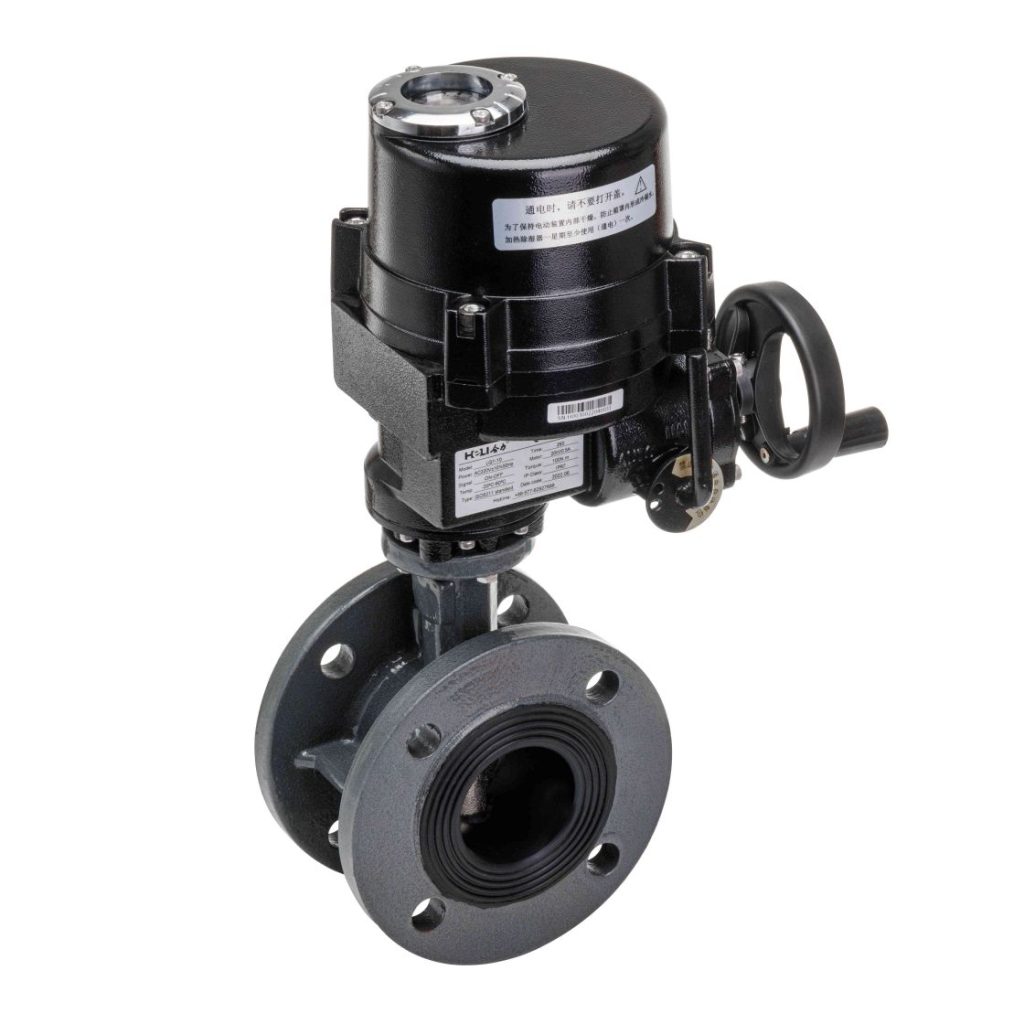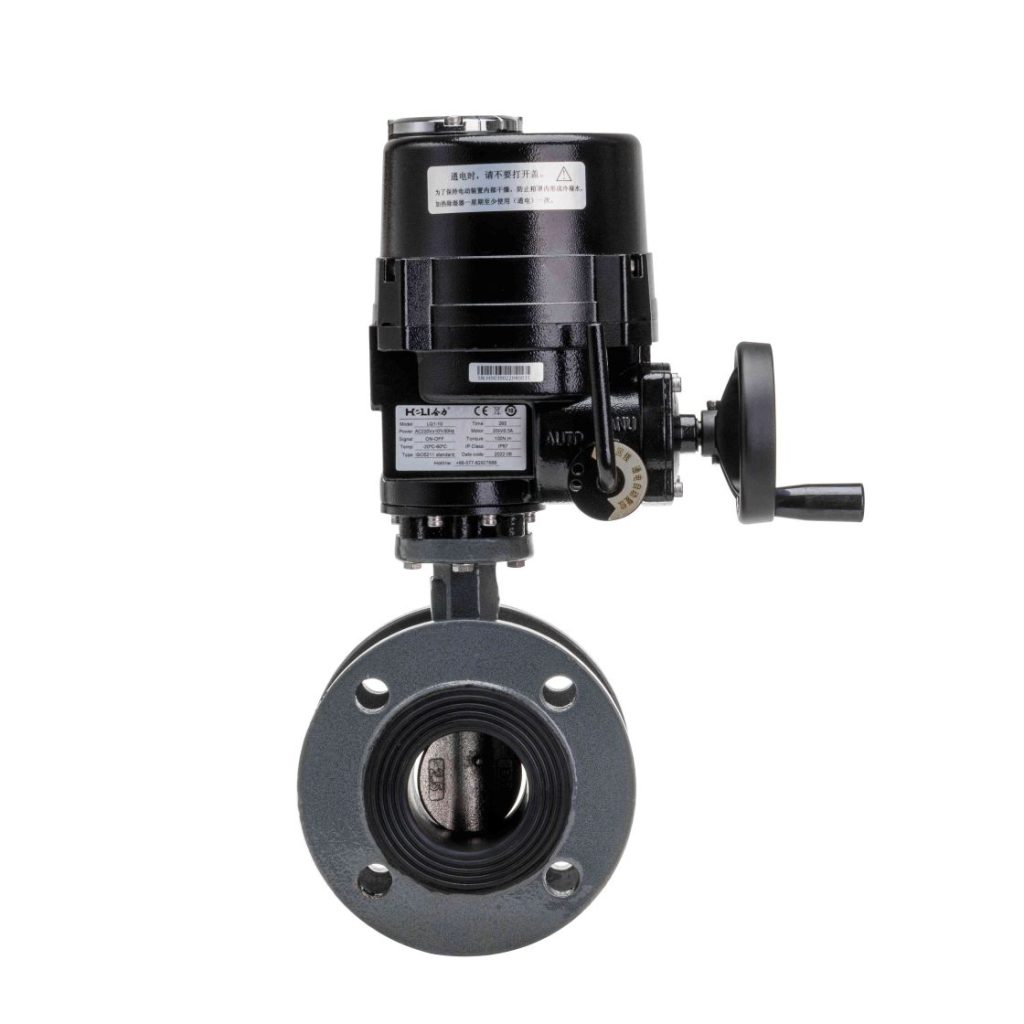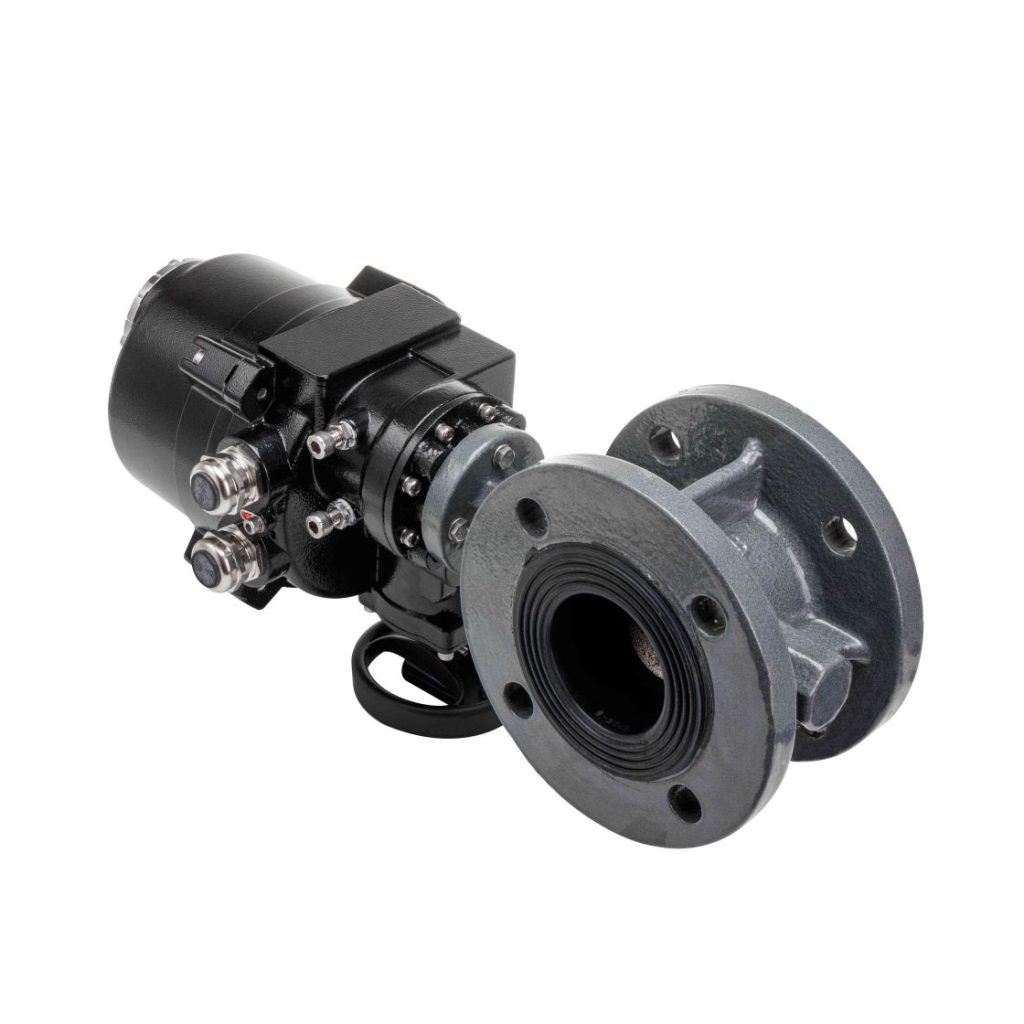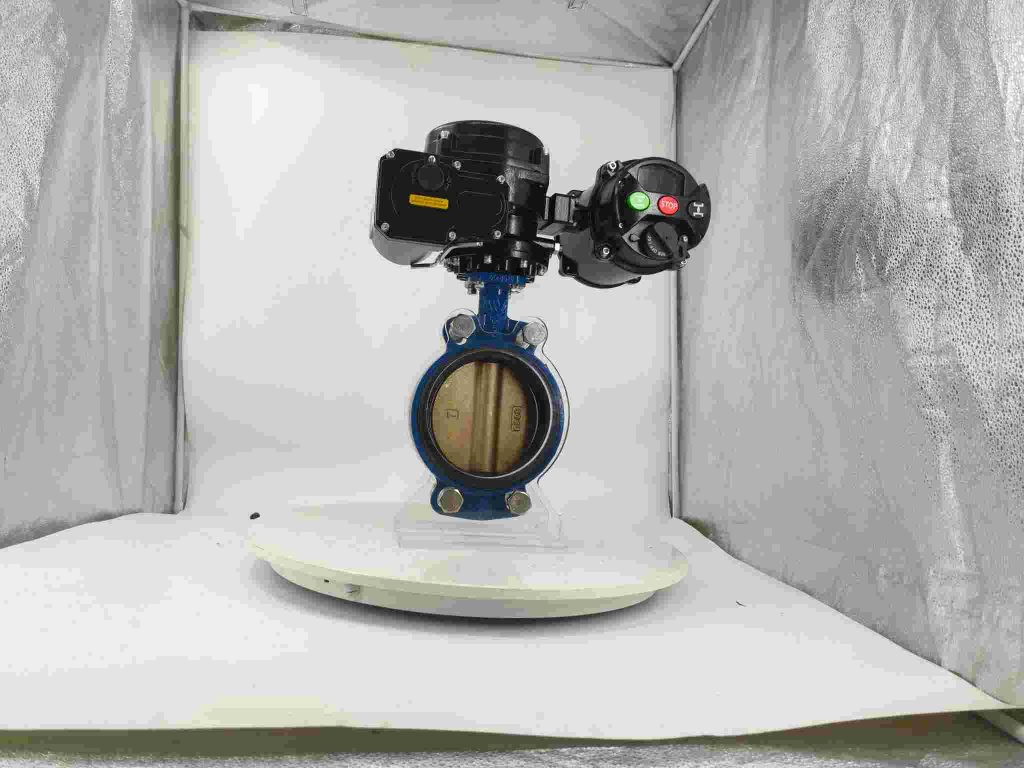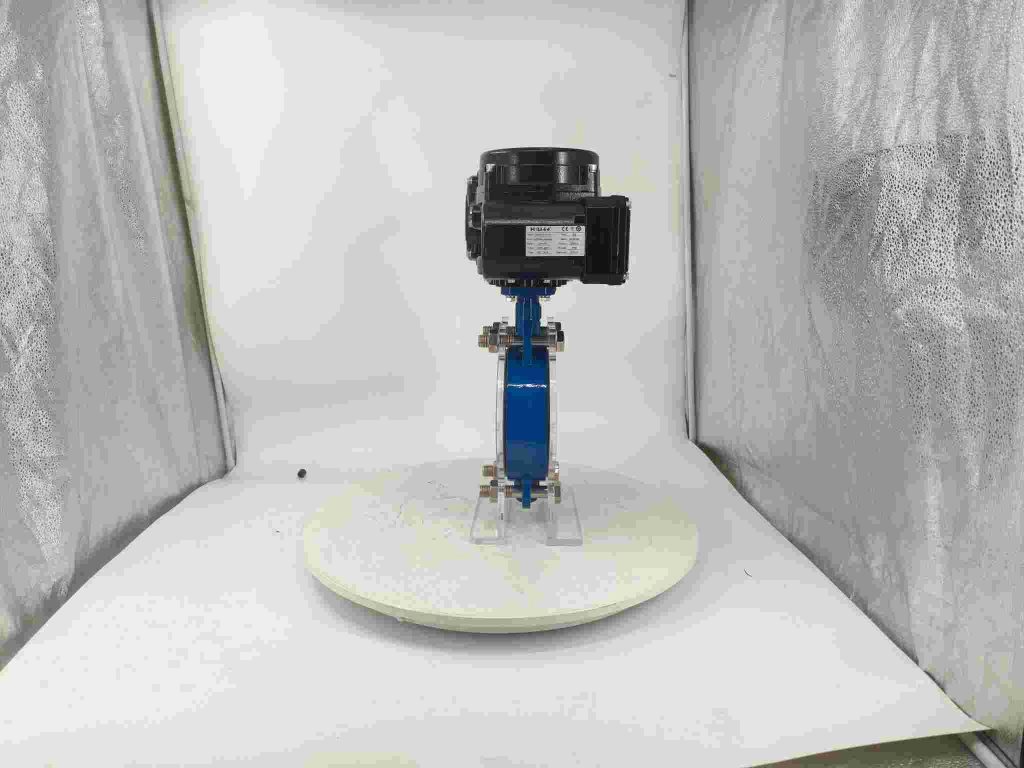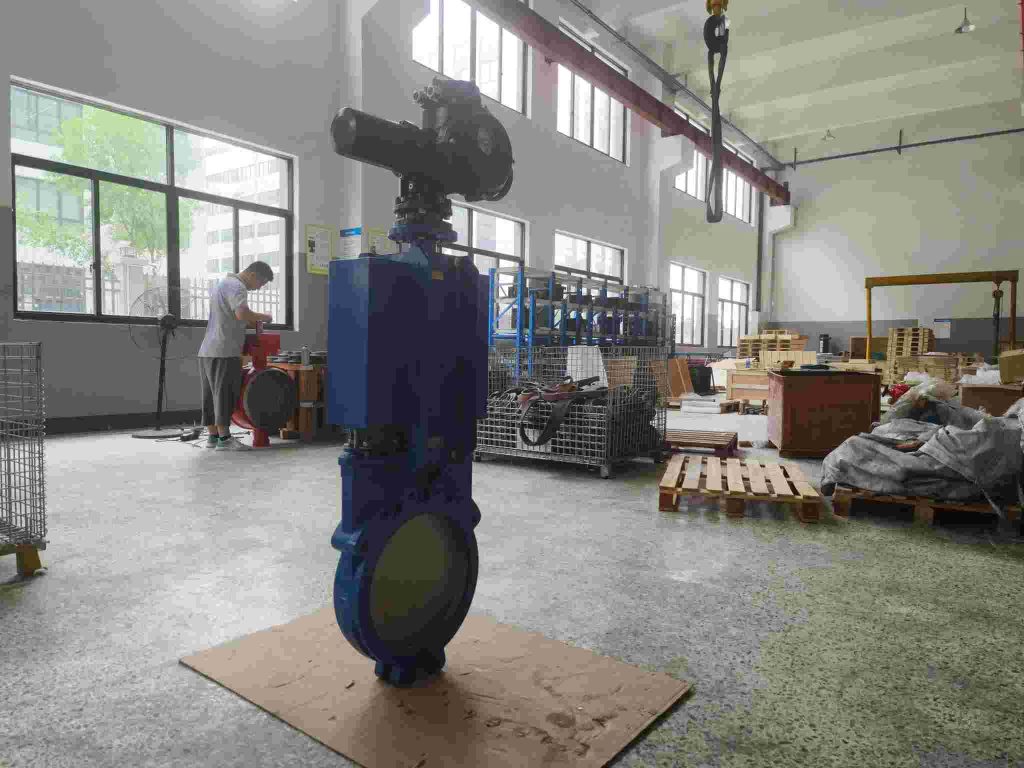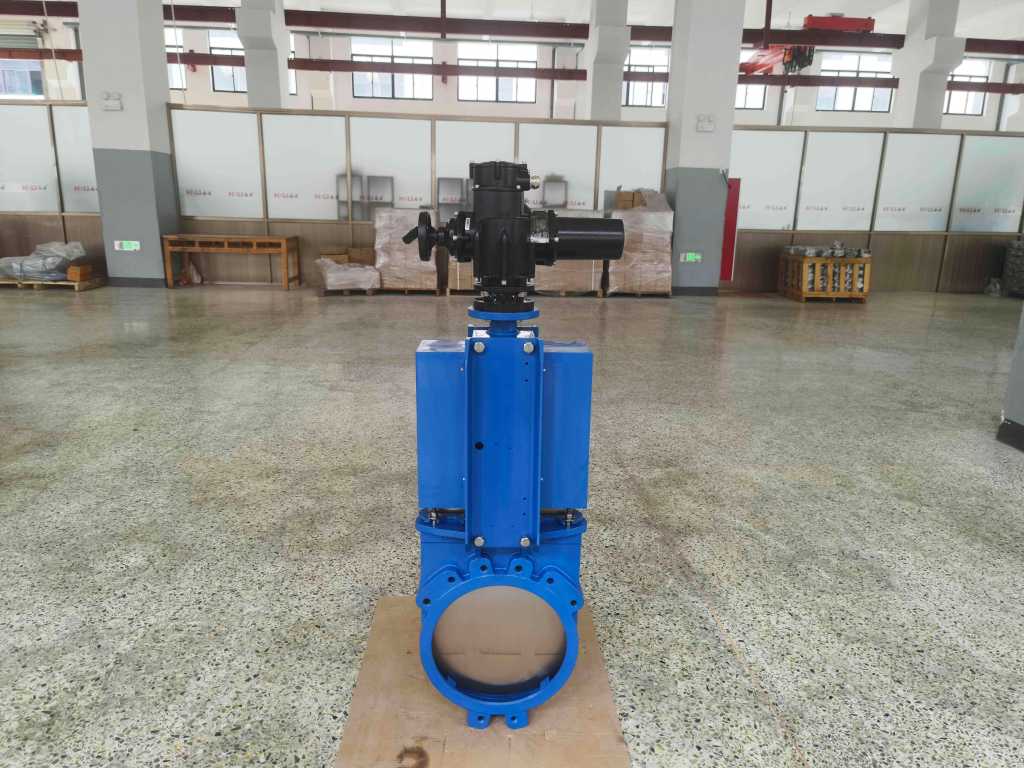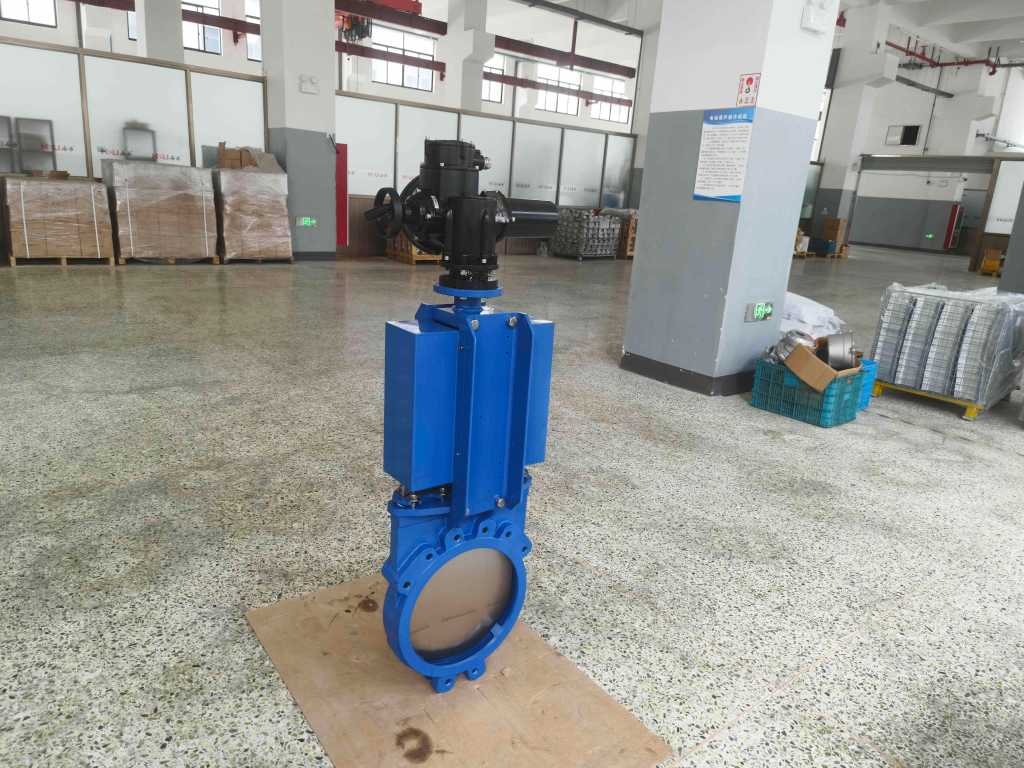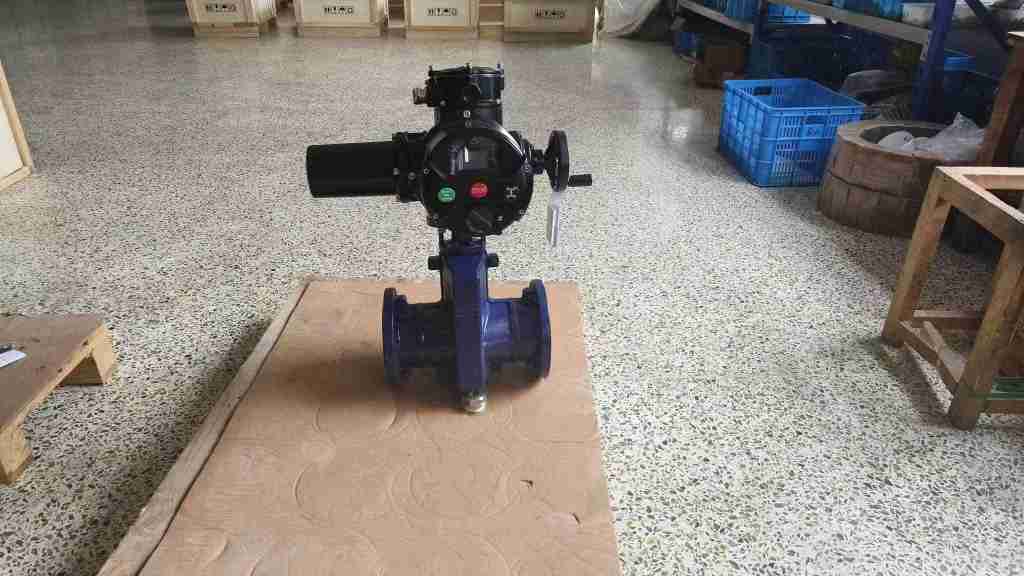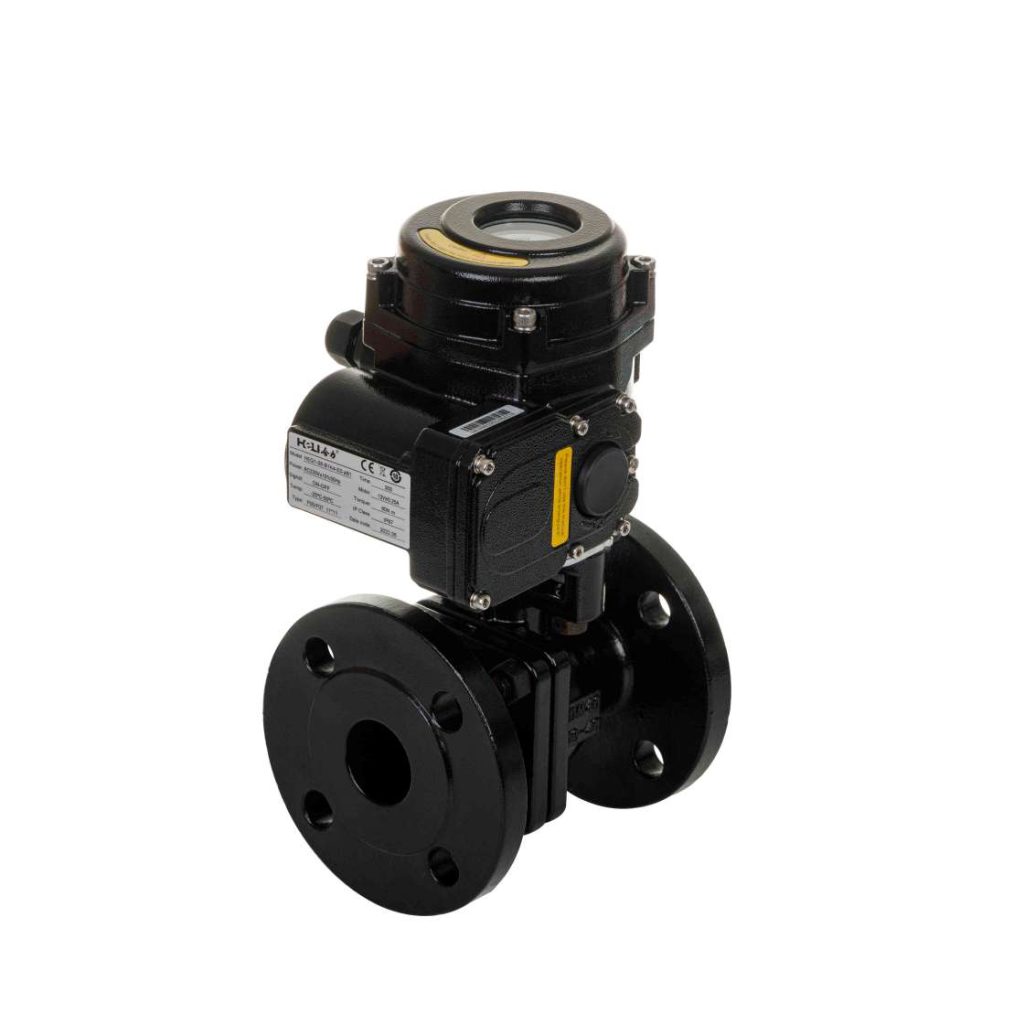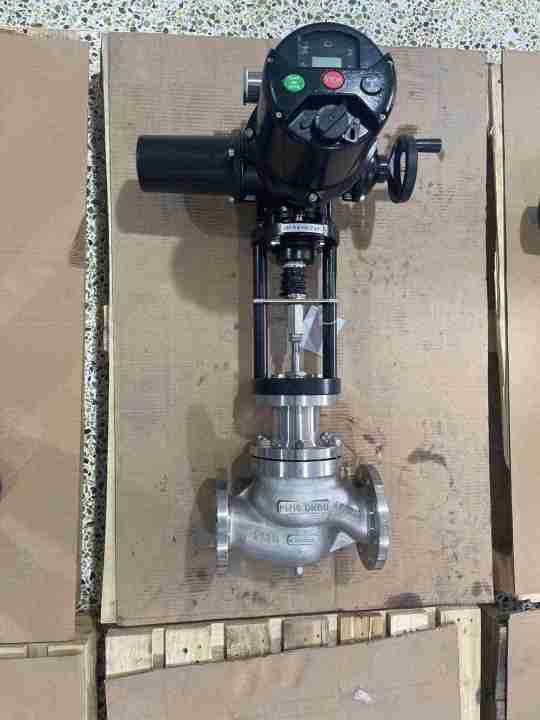In the ever-evolving world of industrial automation, efficiency and reliability are paramount. One crucial component that has been steadily gaining attention for its ability to meet both criteria is the Lithium Battery Electric Gate Valve. This innovative valve combines the robust design of a gate valve with the advanced technology of electric actuation powered by lithium-ion batteries. In this article, we will explore the features, benefits, applications, and considerations associated with lithium battery electric gate valves.
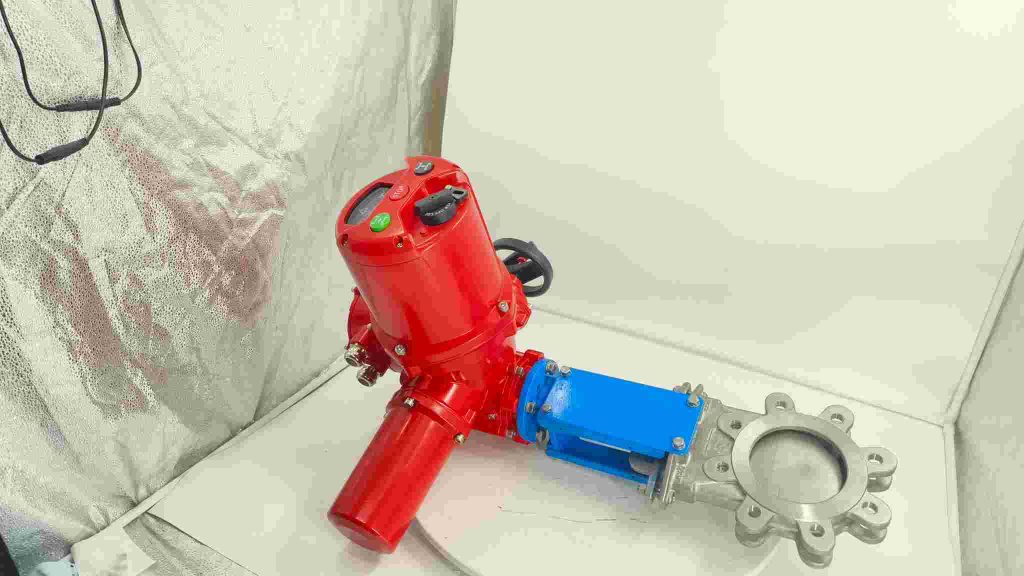
What is a Lithium Battery Electric Gate Valve?

A Lithium Battery Electric Gate Valve is a type of automated valve that integrates an electric actuator with a gate valve. The electric actuator, powered by a lithium-ion battery, controls the opening and closing of the valve. Gate valves are used in various industries to regulate the flow of liquids or gases, and their unique design allows for a full flow passage when fully open, or a complete shutoff when closed. The electric actuator’s precision ensures the valve operates with minimal human intervention, which is especially beneficial in remote or hard-to-access areas where traditional power sources are unavailable.

